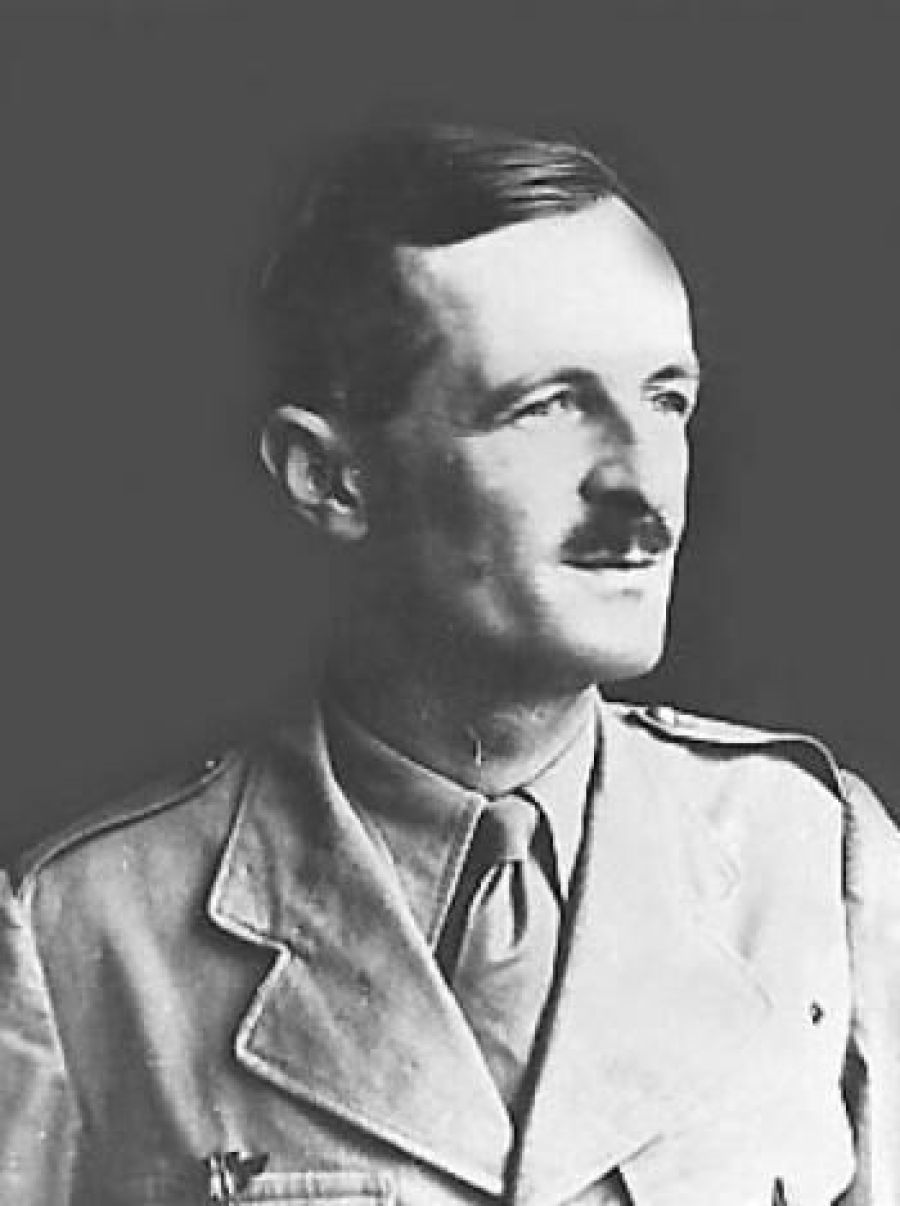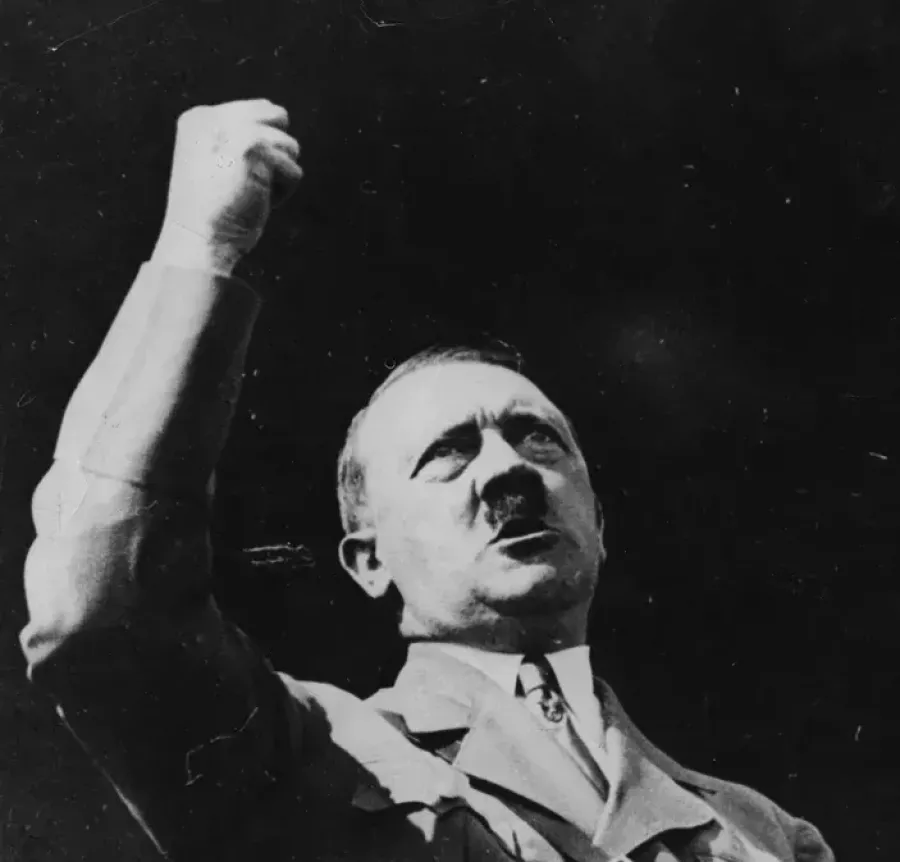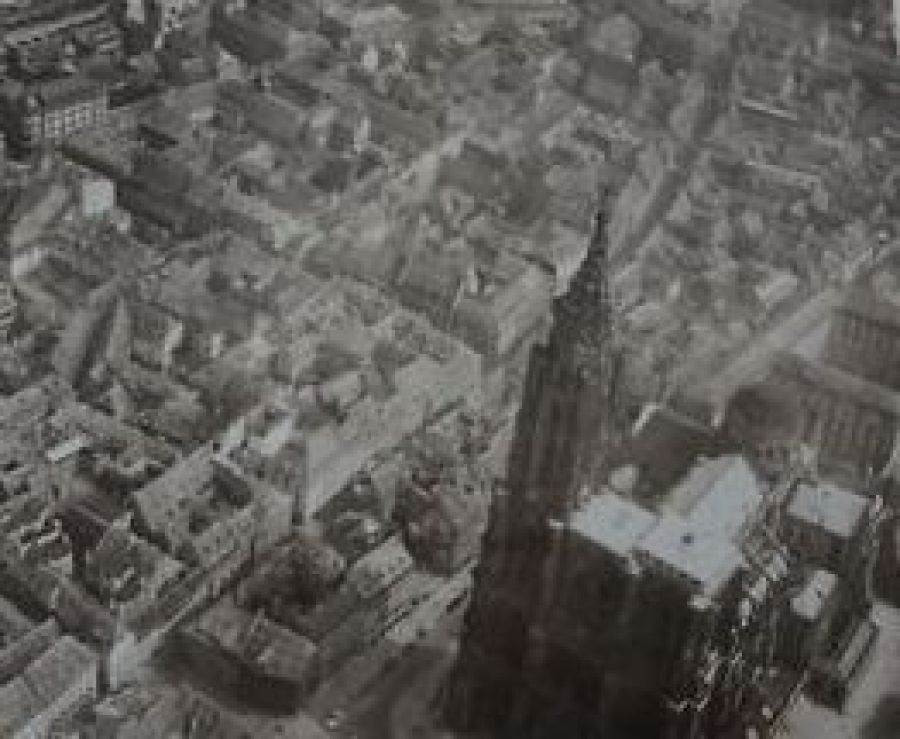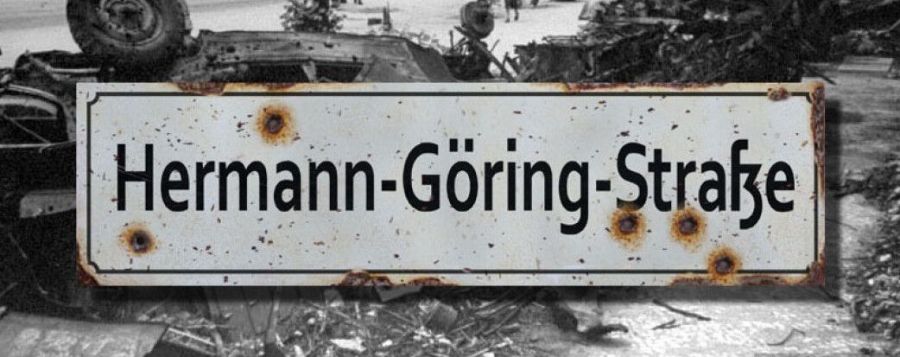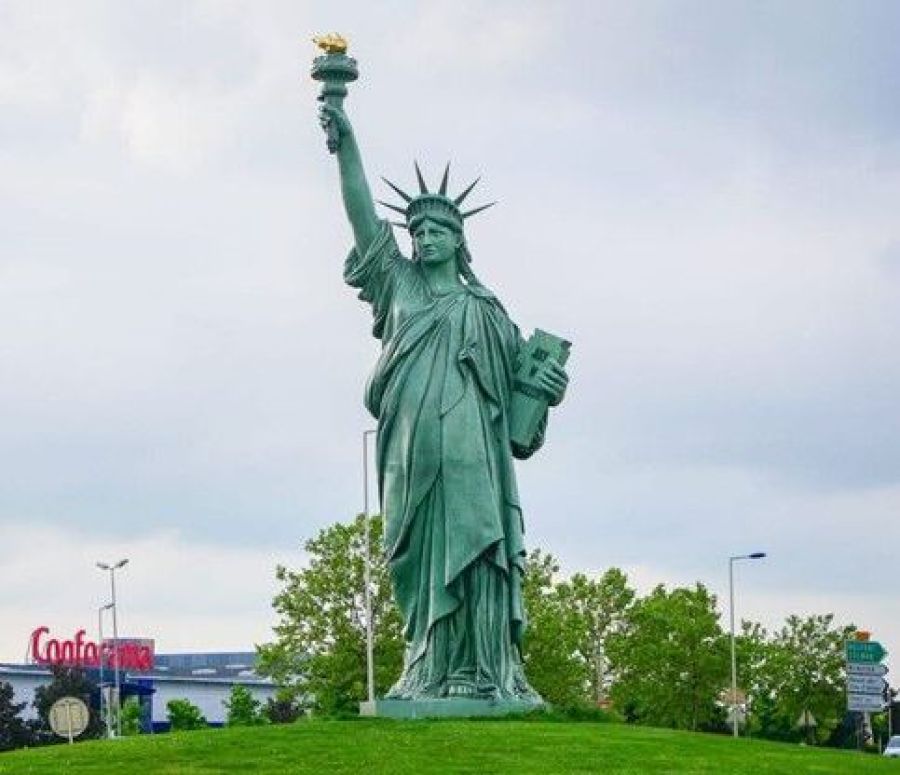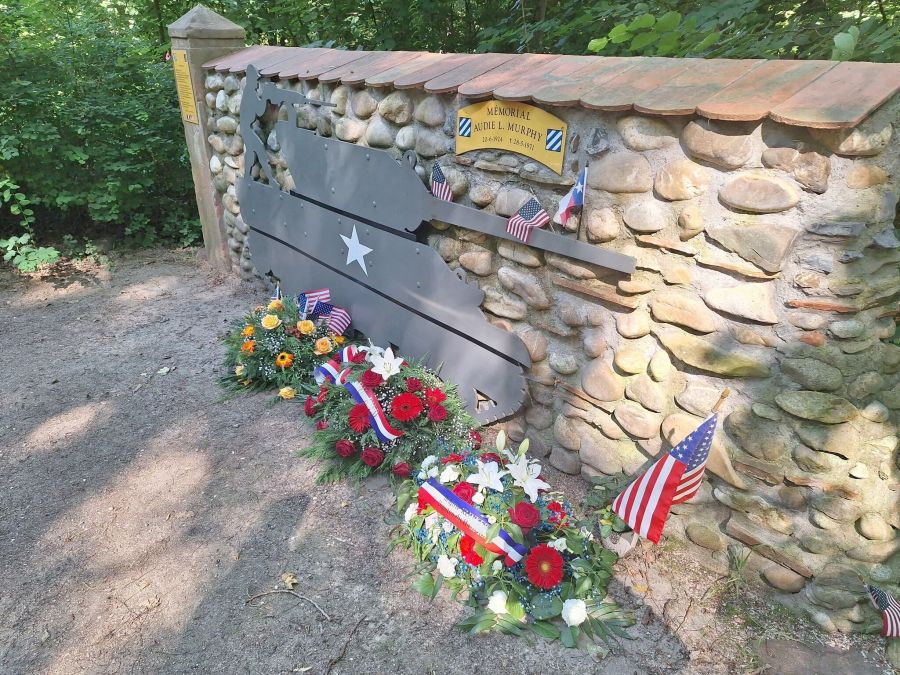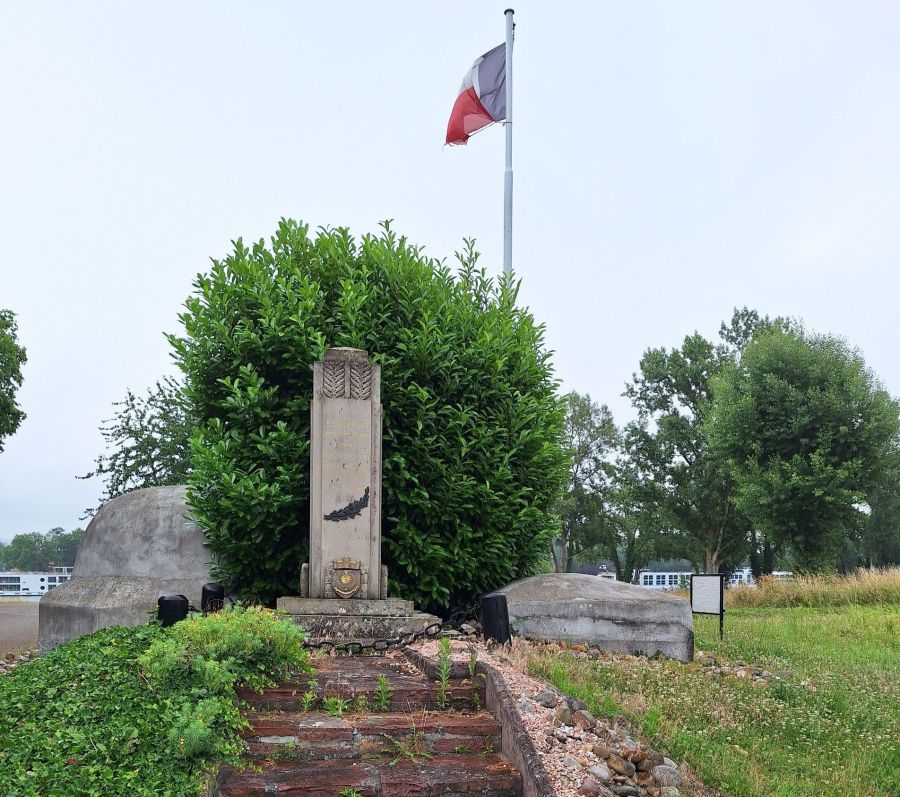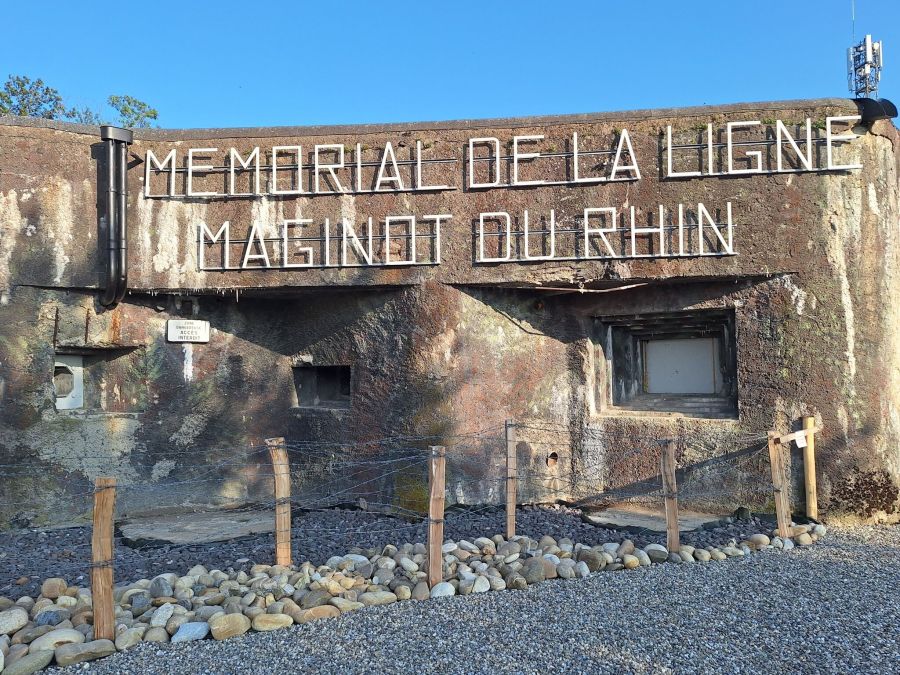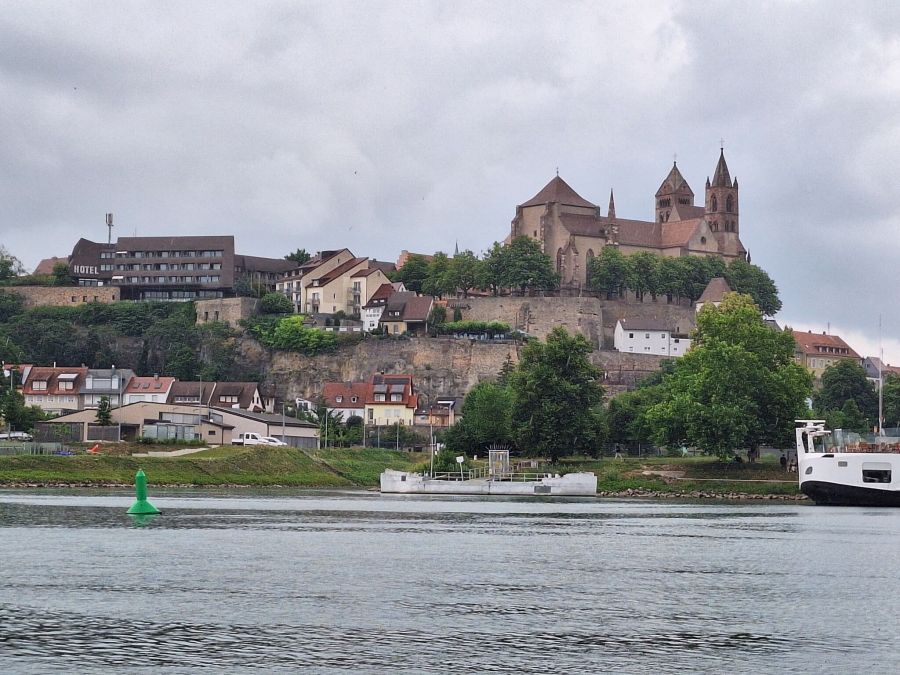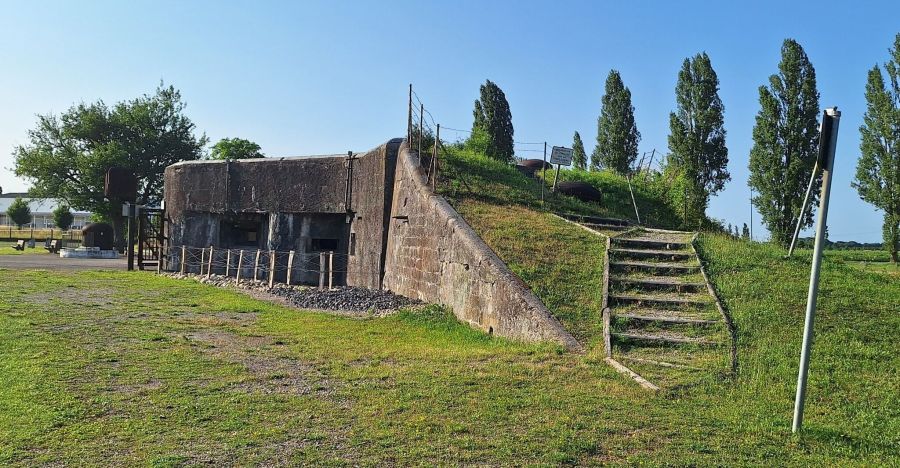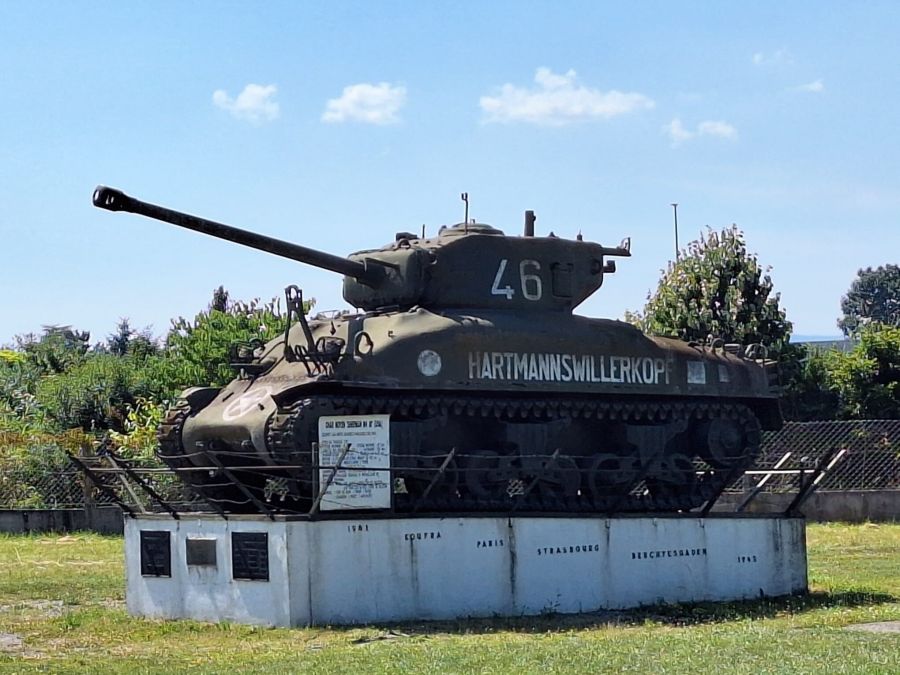
General Leclerc in the Colmar Pocket - Part 2
Part 2: In Europe
They crossed the Channel on the 1st of August 1944 to fight in Europe. Leclerc had written to De Gaulle three years earlier, ‘We will not rest until the flag of France also flies over Paris and Strasbourg’*. Indeed, this happened under the command of General George S. Patton, when he drove his tanks into Paris on August the 25th 1944. Pressing on eastwards, he linked up with the U.S. 7th Army. In a lightning advance, along with the U.S. 3rd Infantry Division, they smashed through the Germans’ winter defense lines west of Strasbourg, broke out of the Vosges Mountains and liberated the city on the 23rd of November 1944. The young U.S. 3rd Division fought what became known as the ‘Battle of the Apartments’ in Strasbourg.
